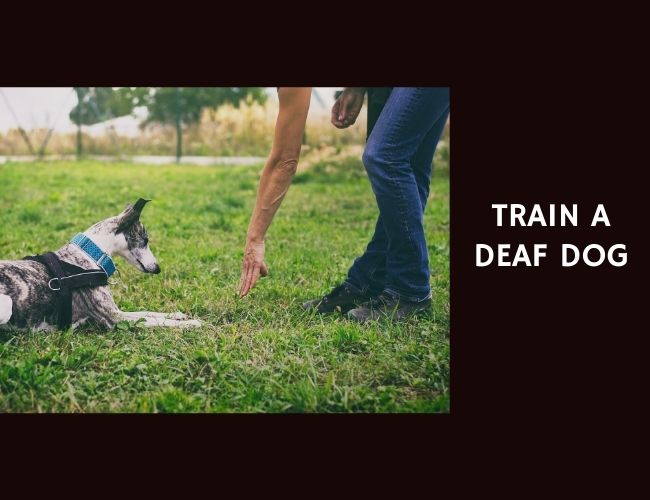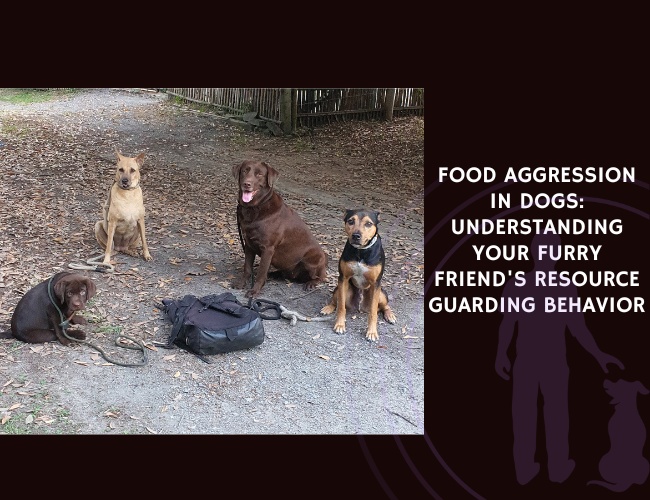Domestic dogs are renowned for their ability to understand human communicative gestures, such as pointing. However, performance in such tasks can vary by breed and training background. A 2024 study published in Animals explored how life history and breed heritage influence success in the object-choice pointing task.
Josephine M. McCartney and David A. Leavens tested 54 dogs across three groups: actively working dogs from working breeds (e.g., police, assistance, search-and-rescue), pet dogs from working breeds, and pet dogs from non-working breeds (e.g., toy dogs, mixed breeds). The task required dogs to choose between objects based on a human pointing cue.
The results revealed that both actively working dogs and pet dogs from working breeds significantly outperformed pet dogs from non-working breeds. This suggests that genetic selection for working traits enhances communicative responsiveness, while training and experience further improve performance.
Interestingly, the study also found that all groups—contrary to previous findings—preferred responding to familiar humans over strangers when interpreting pointing gestures. This highlights the combined importance of selective breeding and lived experience in shaping canine communication skills.
These findings underscore that a dog’s ability to follow human cues is not only a product of domestication but is also shaped by selective history, breed type, and individual training.
Source: McCartney, J. M., & Leavens, D. A. (2024). The Role of Life History and Familiarity in Performance of Working and Non-Working Dogs (Canis lupus familiaris) in a Point-Following Task. Animals, 14. Authors: Josephine M. McCartney, David A. Leavens. Publication Date: 2024-02-01. Journal: Animals.










